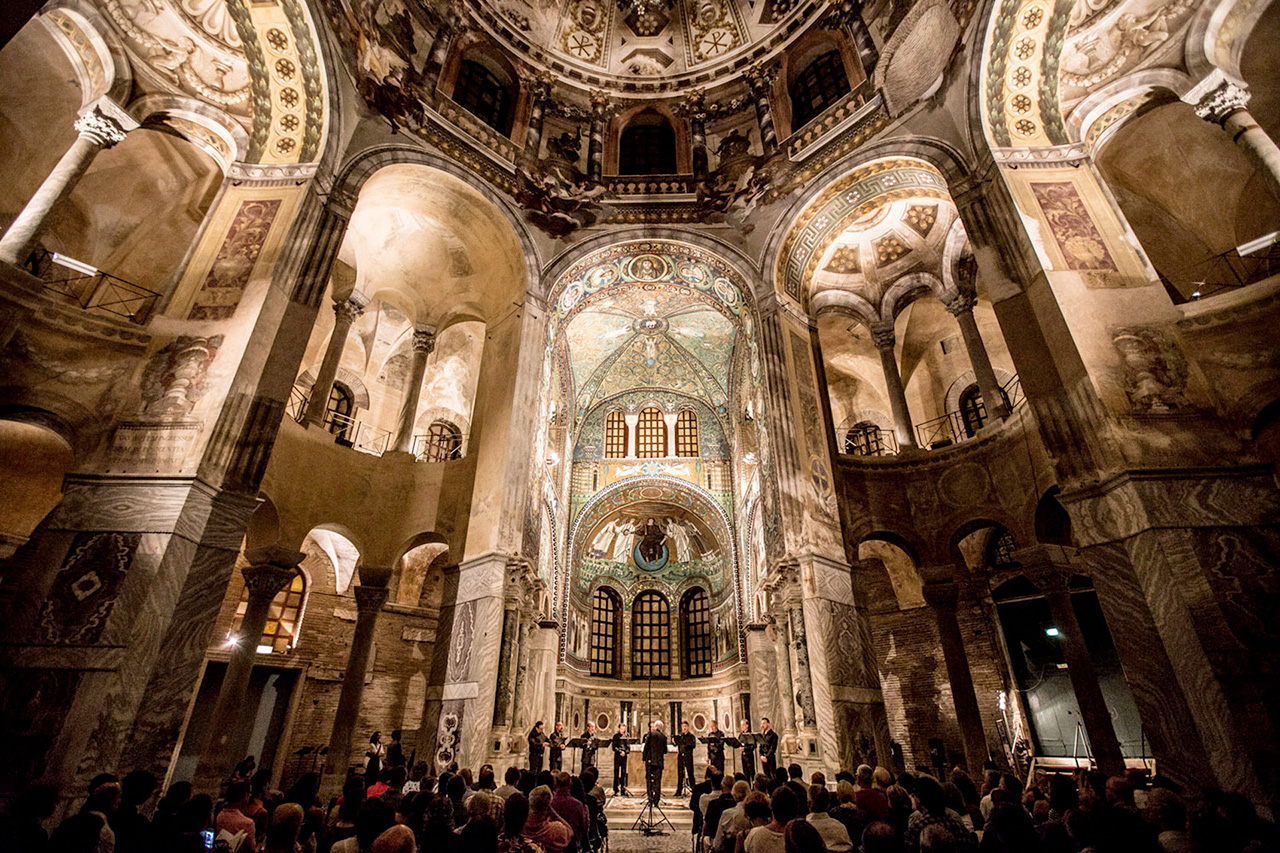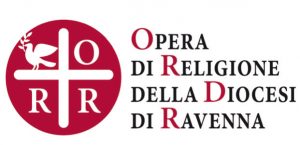© Jenny Carboni
Vespri a San Vitale
The Stabat Mater by Girolamo Abos
In the heart of the Neapolitan eighteenth century
Coro delle Consorti dei Dipendenti del Ministero degli Affari Esteri
Kiev Baroque Consort
direttore Nancy Milesis Romano
Johanna Piszczorowics violino
Francesca Camagni violino
Rosita Ippolito viola da gamba
Nicola Lamon organo
Girolamo Abos (1715-1760)
Stabat Mater
I. Stabat Mater
II. Cujus Animam
III. Vidit suum
IV. Juxta crucem
V. Quando Corpus
VI. Amen
Almost unknown today, Girolamo Abos was one of the most appreciated opera composers in mid-eighteenth century Naples, when the city was an extraordinary centre for music making. His works for the theatre imposed themselves well beyond the Italian scene, reaching the London stages.
Born in Malta on November 16, 1715, he was just ten when he arrived in Naples, where he studied at the Sant’Onofrio Conservatory with such masters as Francesco Durante and Leonardo Leo. He never returned to his native island: he debuted in 1742 with a comic opera, Le due zingare simili, followed by other comic operas and works on librettos by Metastasio (Artaserse; Adriano in Syria), all staged in Naples, Venice, Rome, Florence, Ancona and Turin. Real success came in 1751 with Tito Manlio, and one year later with Lucio Vero. Both operas were re-staged at the Italian Theatre in London, where Abos had covered the important role of ‘Maestro al Cembalo’ (Director of Music) since 1756. He returned to Naples as a renowned teacher — his most illustrious pupil was Giovanni Paisiello — and died there in October 1760.
Besides operas, he composed a good deal of church music, like this Stabat mater for three voices and instruments, composed in 1750 under the influence of operatic vocals: outstanding for melodic elegance and clear harmonic purity, it is a small treasure worth-rediscovering.



